- Home
- Views On News
- Sep 18, 2023 - Catalysts to Convert 15% CAGR Into 15x Return
Catalysts to Convert 15% CAGR Into 15x Return 
Owning scores of stocks delivering 15% annual rate of return or thereabouts is not a bad idea.
But do not cut the potential mango tree along with the grass.
Only then will you have a few 15% return contenders getting converted into the 15 baggers of your portfolio over time.
- Investing should be more like watching paint dry or watching grass grow. If you want excitement, take $800 and go to Las Vegas.
These words of Nobel laureate economist Paul Samuelson are often quoted by investors and fund managers alike.
Well, what if I told you that ...if you have the patience, your investing should be like watching a mango tree grow?
The years of watching a mango tree grow needs patience and effort of watering it day in and day out. But the shade and sweet fruits borne by the tree can serve you for generations.
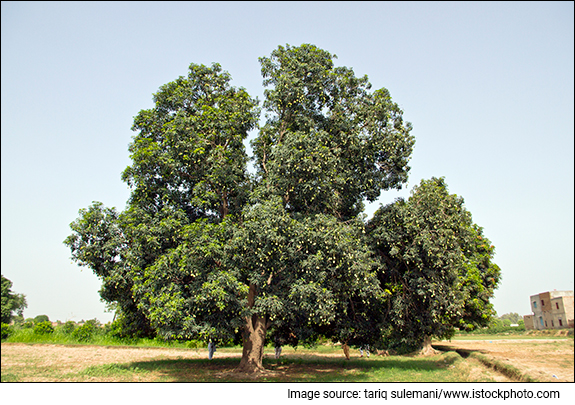
We live in an era of instant gratification. So, an unusually long-time frame to exit certain kinds of investment seems both boring and wasteful.
Unfortunately, that is exactly why the stories of investors, with a modest investment in few stocks, becoming crorepatis over decades, are few and far between.
Even when investors can see the wealth multiplying before their own eyes, they cannot hold the urge to cash in.
For instance, when the early employees of Infosys were busy coding to create India's giant technology behemoth, very few had the conviction to hold the stock for decades.
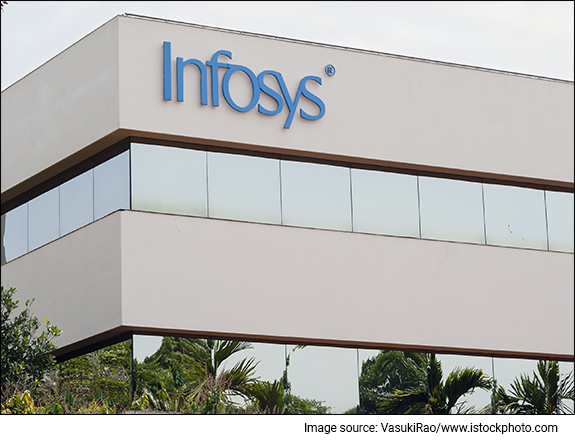
And I wonder how employees and distributors of Asian Paints bought the stock in early 2000s when the company's supply chain revolution was unfolding before their eyes.
So, even if 8 out of 10 stocks held by you meet the 15% per annum return criteria, it is worthwhile to hold on to at least 2 that can sustain this compounding rate much...much longer.
Also, the stocks you hold for much longer can keep getting modest investments from time to time. Which means not just the returns, but your capital invested in the stock could also grow.
In August 1994- Berkshire completed its seven-year purchase of the 400 million shares of Coca-Cola. Yes, even entities as large as Berkshire Hathway often take years to build positions in a few high conviction stocks.
In 2022, Warren Buffett wrote about this investment...
- The total cost was $1.3 billion - then a very meaningful sum at Berkshire. The cash dividend we received from Coke in 1994 was $75 million. By 2022, the dividend had increased to $704 million. Growth occurred every year, just as certain as birthdays. All Charlie and I were required to do was cash Coke's quarterly dividend checks. We expect that those checks are highly likely to grow.
The result of Berkshire's massive investment in Coca Cola was that the company had a ready stream of liquidity from the stock without even selling it. The Coca Cola dividends did not just grow but also offered Berkshire the chance to invest the funds in other wealth creating stocks.
But to be fair, spotting the Coca Cola kind stocks is easier said than done. Even the legendary investors have often realized that they have a winner in their hands only in hindsight. This is typically when the business proves its greatness to an extent.
Consistent and healthy plough back of profits, strong margins across cycles, thoughtful capital allocation and complete transparency from the management can only be judged over time.
Moreover, great businesses which have above average returns on invested capital, usually attract tons of imitators and competitors. As you notice the business' ability to fend off competition, the higher the conviction that you could have in the stock.
However, being strong in revenues does not always mean the stock prices soaring higher consistently for decades. And I am not even referring to the some tiny smallcaps here.
Take the case of American tech giant Apple. It created nearly US$ 2.7 trillion in wealth from its IPO in 1981 to the end of 2022. But in doing so, it suffered three drawdowns of 70% or more during the 40 years. Down 74% from May 1983 to August 1985, down 80% from February 1992 to December 1997, and down 79% from March 2000 to March 2003.
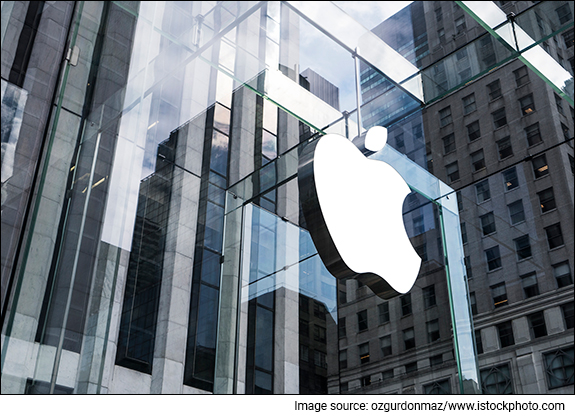
Apple was the top wealth creator through the end of 2022. But most of its earliest investors would have struggled to hold the shares through these declines.
The shares of Amazon suffered a drawdown of more than 91% between February 2000 to September 2001, on their way to being among the best wealth creators.
Our own Nestle, Asian Paints, Titan and HUL displayed phases of stagnancy before getting back to their wealth creating marathon.
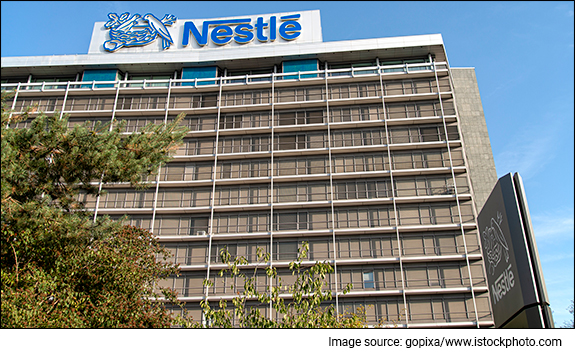
What you also need to look for today is a Technology Catalyst.
Technology has the power to change lives over time.
Imagine a world in the future where an autonomous vehicle picks you up for work. It plays your favourite playlist. And it makes a quick stop for your morning coffee. All this, without you having to reach your wallet or your phone. This is how devices enabled with Internet of Things (IoT), could transform our everyday lives.

The reason this technology is so important is because it could transform the future growth rates of multiple business. When I say that I mean businesses as diverse as healthcare, automobiles, financial services, retail and agriculture.
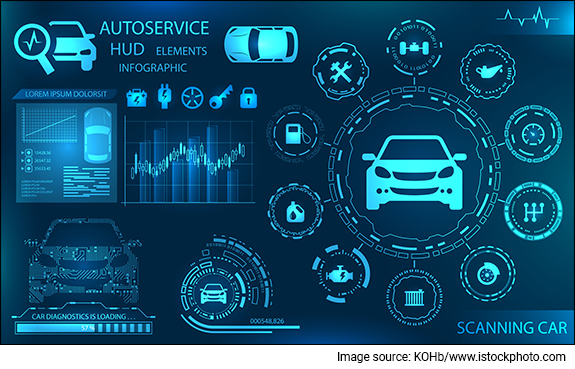
Take the case of Titan. It was not always the towering wealth creator that it has been over the past decade.
When Bhaskar Bhat took over the company in 2002, Titan was in very bad shape. Titan had made a huge investment on a new factory to manufacture watches in 1980s. But when outsourcing became the norm, Titan wasn't quick enough to make the transition. All this while, the company had also been borrowing money to fund its international expansion.
Most importantly the board of Titan wanted to shut down Tanishq, then a loss-making brand of international jewellery exports.
Tanishq's launch in India was also jittery. The concept of branded jewellery was then ahead of its time. Indians preferred their traditional family jewellers. Habits were hard to break. Even a McKinsey study recommended the board of Titan to wind up Tanishq.
Nevertheless, Tanishq was perceived as a premium due to its gold purity guarantee.
So, Bhaskar Bhat's endeavour to help Tanishq survive and thrive worked wonders over the past decade.
By 2010, Tanishq was the largest organised jewellery retail player in India. But even with 115 stores in 75 towns, it had barely 4% market share. Further, the organised jewellery retailing segment was only one tenth of the jewellery business in India then.
Later, Titan installed what is called 'Karatmeter' in its Tanishq stores. This was at a time when there was growing anxiety about the purity of gold being offered by family jewellers.
The instrument used X-rays to measure the purity of gold in three minutes. This exposed the unfair practices of family jewellers. It also gave Tanishq a big edge versus other branded gold jewellery companies.
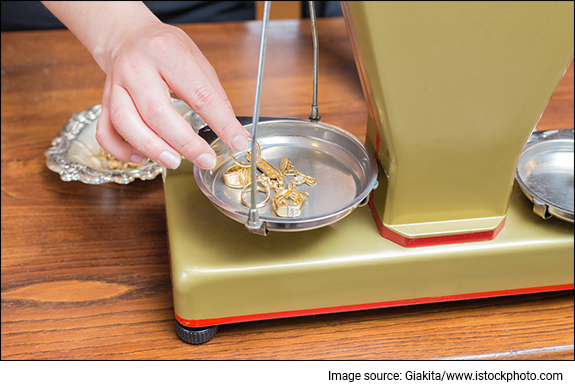
By 2020, more than a third of Titan's sourcing of gold was from gold exchange. The management hopes to take it to 50% by 2025.
So, as an investor looking for exponential profits over next few decades, you cannot just look for tried and tested businesses. Or the most popular brands.
Rather you need to need to look for stocks where technology is acting as a huge catalyst of change that could offer exponential earnings growth in the years to come.
Therefore, if you are lucky enough to really find one of those long-term compounders, all you have to do is to own them for the longest period of time.
It helps when you buy such stocks every time they trade at a discount to their intrinsic value. So, if you were wrong about them, you don't lose money. And if you're right you have massive returns over time.
Therefore, owning scores of stocks delivering 15% annual rate of return or thereabouts is not a bad idea. But do not cut the potential mango tree along with the grass.

Only then will you have a few 15% return contenders getting converted into the 15 baggers of your portfolio over time.
Hope you like this video. Thanks for watching!

Tanushree Banerjee (Research Analyst), is the editor of Stock Select and Forever Stocks. Tanushree started her career at Equitymaster covering the banking and financial sector stocks and scrutinising RBI policies. Over the last decade, she developed Equitymaster's research processes that helped us pick out various multibaggers, across all sectors. A firm believer of "safety first" when it comes to investing, Tanushree closely follows the investing philosophies of Warren Buffett, Jeremy Grantham, and Joel Greenblatt.


Equitymaster requests your view! Post a comment on "Catalysts to Convert 15% CAGR Into 15x Return". Click here!
Comments are moderated by Equitymaster, in accordance with the Terms of Use, and may not appear
on this article until they have been reviewed and deemed appropriate for posting.
In the meantime, you may want to share this article with your friends!